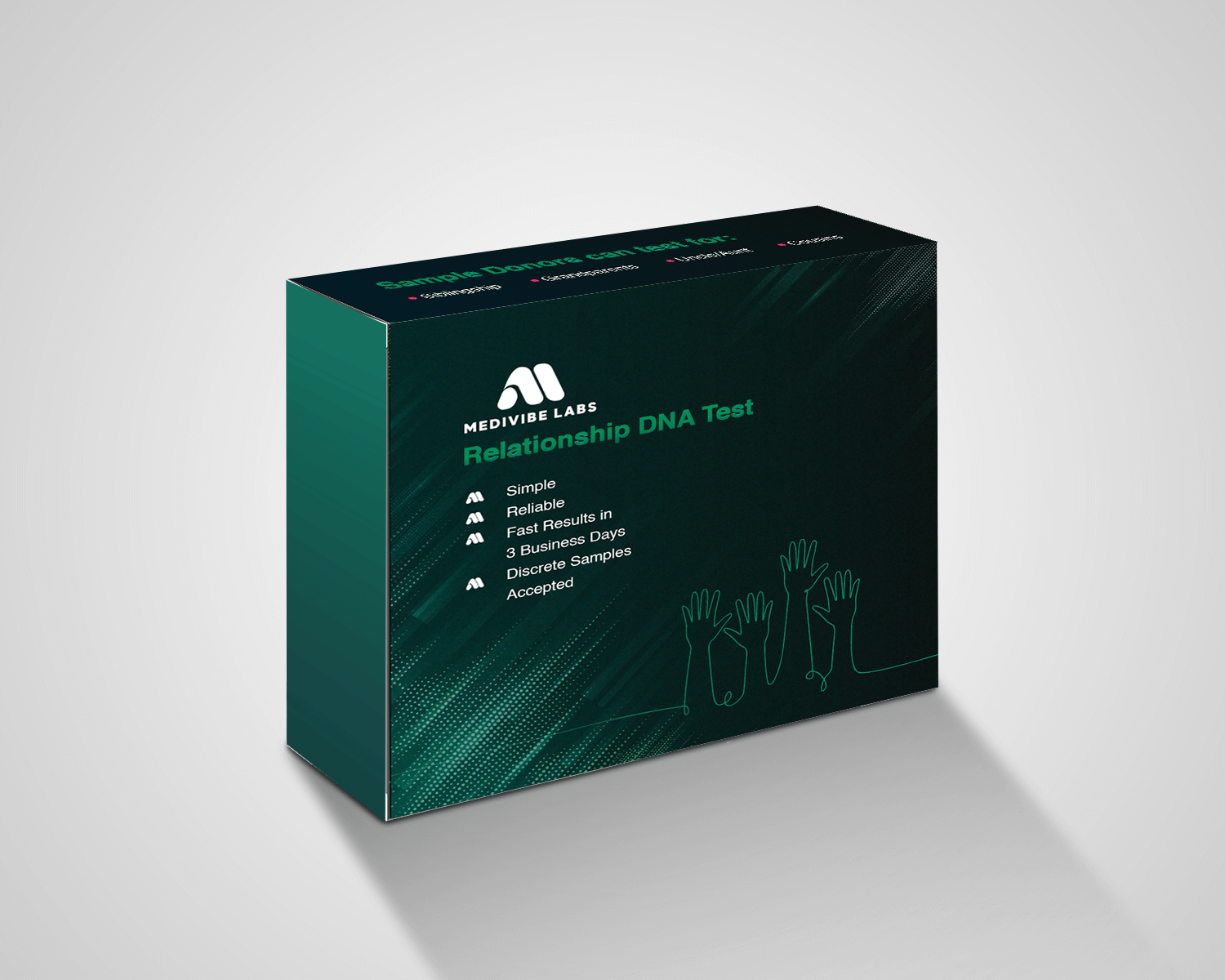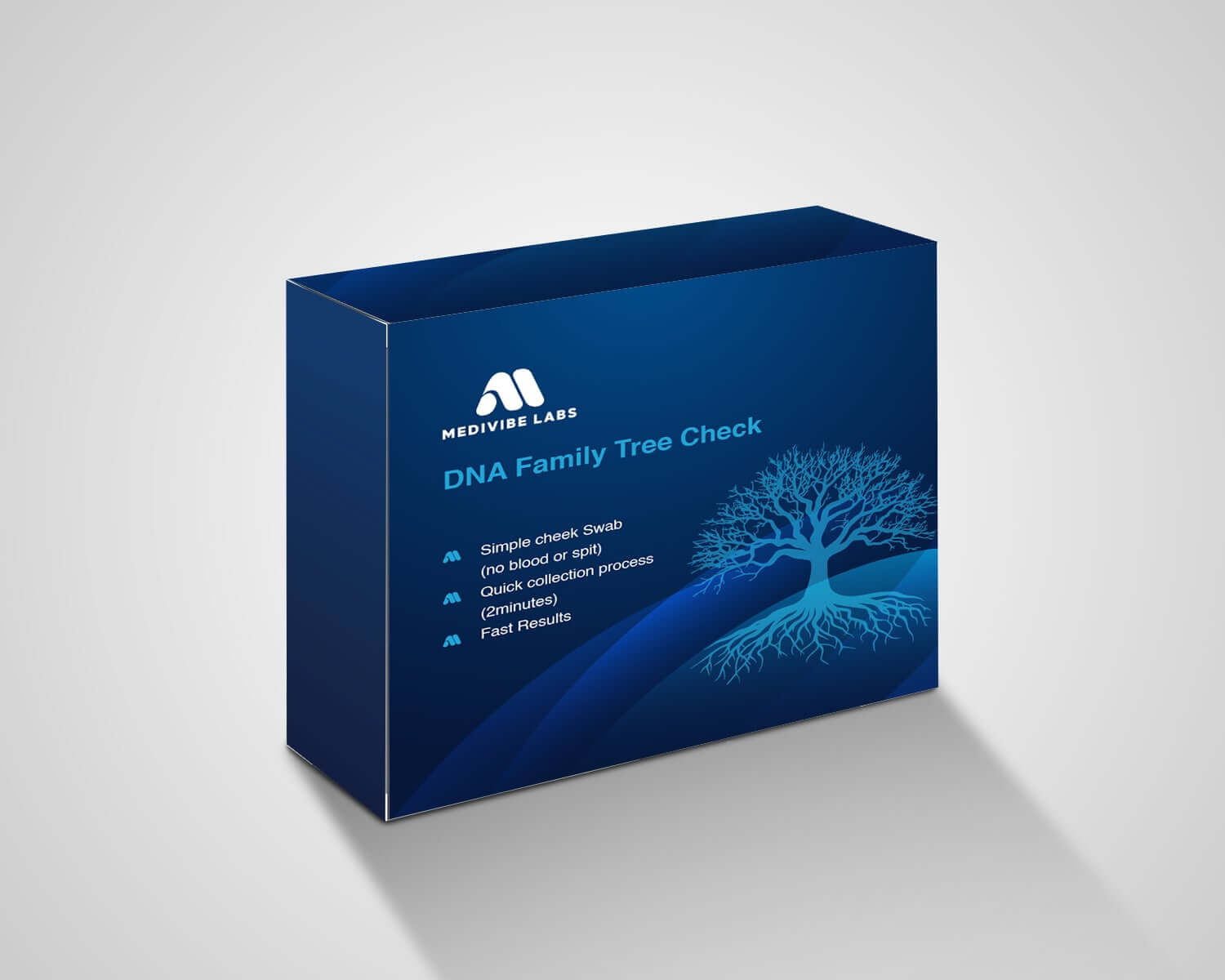Description
Advantages:
- Non-invasive: Unlike traditional methods (like amniocentesis), this test is performed using a simple blood draw from the mother, minimizing risks to both mother and fetus.
- High Accuracy: When performed correctly, it has a high rate of accuracy in determining fetal sex.
Overall, the Pengency Gender Determination Test is a modern approach to understanding fetal sex early in pregnancy, leveraging advances in genetic testing technology.
Process of a Gender DNA Test
The process of a gender DNA test typically involves several steps, from sample collection to analysis and reporting. Here’s a breakdown:
- Sample Collection:
- Maternal Blood Draw: A healthcare professional collects a blood sample from the pregnant individual, usually around the 10th week of pregnancy.
- Alternative Samples: In some cases, saliva or tissue samples may be used, but blood is most common for prenatal gender determination.
- DNA Extraction:
- The collected sample undergoes a process to isolate fetal DNA from the maternal blood. This involves separating the fetal cells from maternal cells, as only a small percentage of the DNA in the maternal blood is fetal.
- Genetic Analysis:
- PCR Amplification: The isolated fetal DNA is amplified using polymerase chain reaction (PCR) to increase the quantity for analysis.
- Chromosomal Examination: The presence of Y chromosomes is examined. If Y chromosomes are detected, the fetus is identified as male (XY); if only X chromosomes are present, the fetus is female (XX).
- Data Interpretation:
- Geneticists or laboratory technicians analyze the results, confirming the presence or absence of the Y chromosome and interpreting the data accurately.
- Result Reporting:
- The findings are compiled into a report, which is typically sent to the healthcare provider or directly to the expecting parents. Results usually take a few days to a couple of weeks.
- Consultation:
- Following the report, a consultation may be scheduled to discuss the results, answer questions, and provide any necessary support.
The gender DNA test process is a non-invasive and efficient way to determine the biological sex of a fetus, relying on advanced genetic techniques to analyze maternal blood samples for fetal DNA.
Frequently asked questions
-
- What is a gender DNA test?
A gender DNA test determines the biological sex of a fetus by analyzing genetic material, typically from a blood sample taken from the pregnant individual.
-
- How early can I take the test?
The test can usually be performed as early as the 10th week of pregnancy.
-
- Is the test safe?
Yes, the test is non-invasive and poses minimal risk to both the mother and fetus, as it involves only a blood draw.
-
- How accurate is the test?
When conducted properly, the test has a high accuracy rate, often exceeding 99% in determining fetal sex.
-
- What is the testing process?
The process involves blood sample collection, DNA extraction, genetic analysis to check for Y chromosomes, and result reporting.
-
- How long does it take to get results?
Results typically take a few days to a couple of weeks, depending on the laboratory.
-
- Can the test determine the sex of multiple fetuses?
Yes, the test can be used for multiple fetuses, but results may vary based on the sample quality and other factors.
-
- Is there a possibility of false results?
While rare, false results can occur due to sample contamination or other technical issues. It’s essential to discuss results with a healthcare provider.
-
- Is the test legal everywhere?
Laws regarding gender determination tests vary by country and region. It’s important to check local regulations.
-
- Can I use this test for other purposes?
Primarily, the test is used for sex determination during pregnancy. It is not intended for determining gender identity or other genetic conditions.
-
- What samples are needed for the test?
The test typically requires a blood sample from the mother. In some cases, other biological samples like saliva may also be used, but blood is most common.
-
- How does the test work at a molecular level?
The test detects fetal DNA circulating in the mother’s blood. It specifically looks for the Y chromosome: its presence indicates a male fetus, while its absence indicates a female fetus.
-
- Are there any dietary or lifestyle restrictions before the test?
Generally, no specific restrictions are required before the test. However, it’s best to consult your healthcare provider for personalized advice.
-
- Can this test detect chromosomal abnormalities?
No, this test is specifically for determining fetal sex and does not assess for chromosomal abnormalities or genetic disorders. Separate tests, like NIPT (non-invasive prenatal testing), are required for that purpose.
-
- What if I have a mixed twin pregnancy?
In cases of mixed-gender twins, the test can still provide accurate results for each fetus, though interpretation may require additional discussion with a healthcare provider.
-
- Can results change later in pregnancy?
The results of a gender DNA test typically do not change. However, if there are concerns about accuracy, a follow-up test or alternative methods (like ultrasound) may be suggested.
-
- Will my insurance cover the test?
Coverage varies by insurance provider and policy. It’s important to check with your insurance company regarding coverage and potential out-of-pocket costs.
-
- What should I do if I receive unexpected results?
If results are surprising or concerning, it’s advisable to discuss them with your healthcare provider for further clarification and support.
-
- Can this test be used for legal purposes?
Generally, gender DNA tests are not used for legal identification or purposes; they are primarily for informational use regarding pregnancy.
-
- Are there any ethical concerns associated with gender determination tests?
Yes, there are ethical considerations regarding gender selection, especially in cultures where there may be a preference for one gender over another. It’s important to approach this topic thoughtfully and consult with healthcare professionals





Reviews
There are no reviews yet.